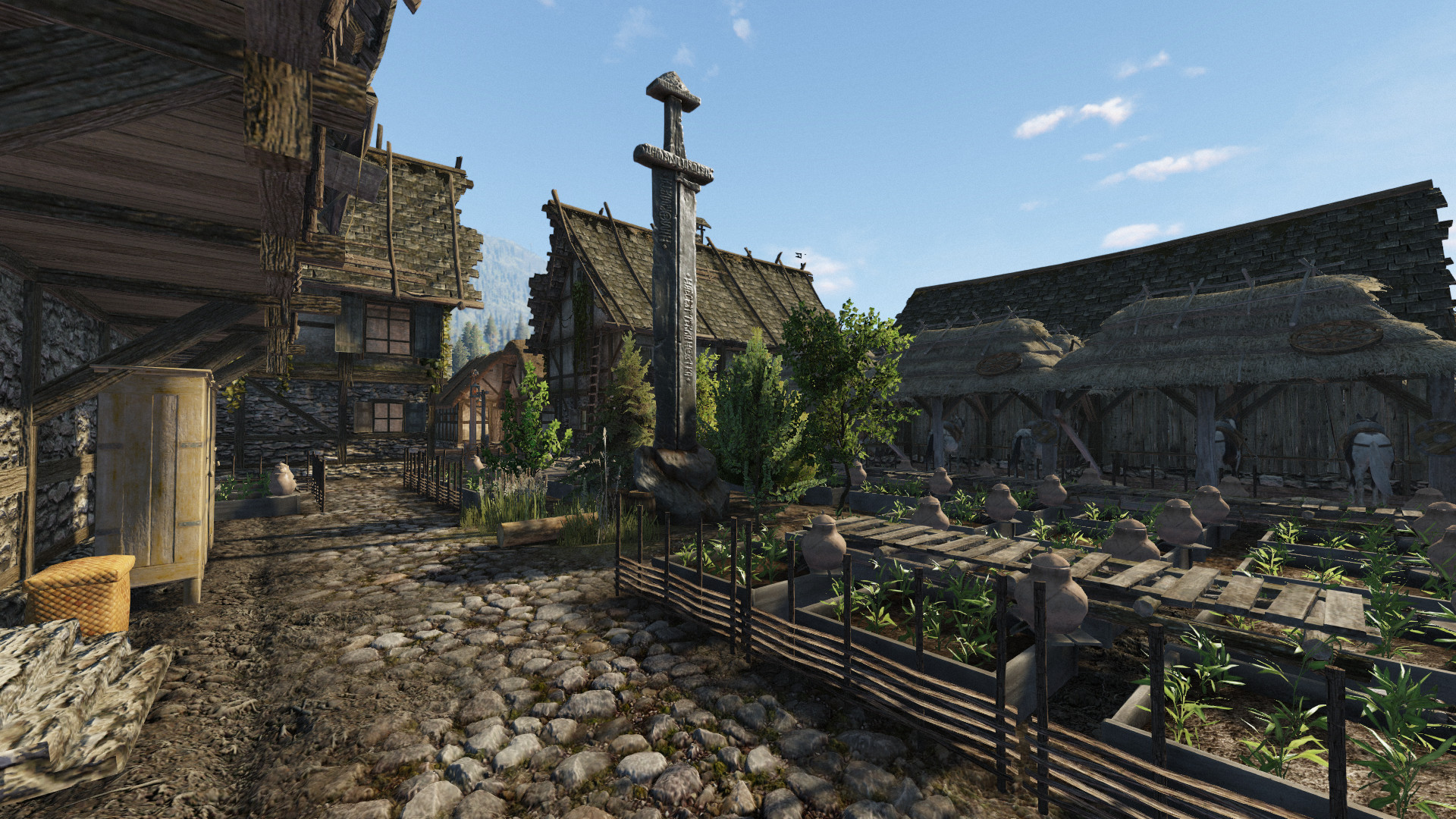

Mail, sometimes called "chainmail", made of interlocking iron rings is believed to have first appeared some time after 300 BC. In pre-Qin dynasty times, leather armour was made out of various animals, with more exotic ones such as the rhinoceros. The other body parts were covered in cloth, leather, lamellar, or Mountain pattern. The Chinese, during that time used partial plates for "important" body parts instead of covering their whole body since too much plate armour hinders their martial arts movement. Around the dynastic Tang, Song, and early Ming Period, cuirasses and plates (mingguangjia) were also used, with more elaborate versions for officers in war. In East Asia many types of armour were commonly used at different times by various cultures, including scale armour, lamellar armour, laminar armour, plated mail, mail, plate armour, and brigandine. Examples of armies equipping their troops in this fashion were the Aztecs (13th to 15th century CE). The rest of the body was generally protected by means of a large shield. Īrmour did not always cover all of the body sometimes no more than a helmet and leg plates were worn. These early Japanese lamellar armours took the form of a sleeveless jacket, leggings and a helmet. Japanese lamellar armour ( keiko) passed through Korea and reached Japan around the 5th century. Tankō, worn by foot soldiers and keikō, worn by horsemen were both pre-samurai types of early Japanese armour constructed from iron plates connected together by leather thongs. Ming dynastyĬuirasses and helmets were manufactured in Japan as early as the 4th century. Wooden statue of Guan Yu in mountain pattern armour, 16th c. The samurai warriors of feudal Japan utilised many types of armour for hundreds of years up to the 19th century.
#Life is feudal wiki armor full
Well-known armour types in European history include the lorica hamata, lorica squamata, and the lorica segmentata of the Roman legions, the mail hauberk of the early medieval age, and the full steel plate harness worn by later medieval and renaissance knights, and breast and back plates worn by heavy cavalry in several European countries until the first year of World War I (1914–15). At times the development of armour has paralleled the development of increasingly effective weaponry on the battlefield, with armourers seeking to create better protection without sacrificing mobility. Also, modern militaries usually do not equip their forces with the best armour available because it would be prohibitively expensive. For instance, plate armour first appeared in Medieval Europe when water-powered trip hammers made the formation of plates faster and cheaper. Significant factors in the development of armour include the economic and technological necessities of its production. The Dendra panoply, Mycenaean Greek armour, c.


 0 kommentar(er)
0 kommentar(er)
